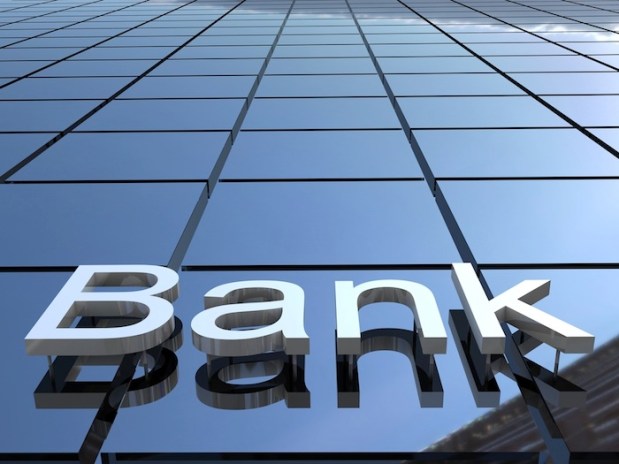Banks Overhaul Overdrafts

The CFPB wants to take a closer look at overdraft fees, stating Monday (Oct, 27) that it tends to view overdraft as a form of short-term credit, and thus subject to the types of stringent regulations that the CFPB favors for shot-term lenders.
This has lead to a a hit for banks and those hits have led to some changing overdraft policies. The $119 billion-asset Regions Financial, in Alabama has announced it will be changing overdraft program that will cut its yearly fee income by at least $40 million. In particular, Regions will stop high-to-low reordering of processing withdrawals, which tends to be an effective way of maximizing overdraft fees extracted from customers. .
Jay Sidhu, chairman and chief executive at the $6.5 billion-asset Customers Bancorp in Wyomissing, Pa., has decried the “nuisance fees that every single bank is charging the consumer sector,” during an Oct. 21 conference call. “To give you an example, $32 billion in overdraft fees were charged by banks from consumers last year. On top of that, $7 billion in fees were paid by consumers to check-cashing companies. Well, that $39 billion, ladies and gentlemen, is three times what America spends on breast cancer and lung cancer combined,” Sidhu said.
Assessing how much a bank generates from overdraft fee schedules is an inexact science, because banks are not required to break out the specific amounts of revenue they generate from overdraft. It is normally counted as “non-interest income.” There is also no single standard for overdrating – some banks charge a single fee, some charge an initial fee and then a daily charge for every day the account is overdrawn.
“The majority of [large] banks have confusing, fee-driven prices structures that are incredibly expensive” for the consumer, Clements said.
During an Oct. 8 forum, CFPB director Richard Cordray noted: “Most banks and credit unions … have overdraft policies that allow consumers to have negative balances,” Cordray said at the forum. “So the screening system is used to determine how likely it is that the consumer will incur overdrafts and pay them back.”
Cordray’s remarks seemed to indicate that he equates overdraft with credit.
